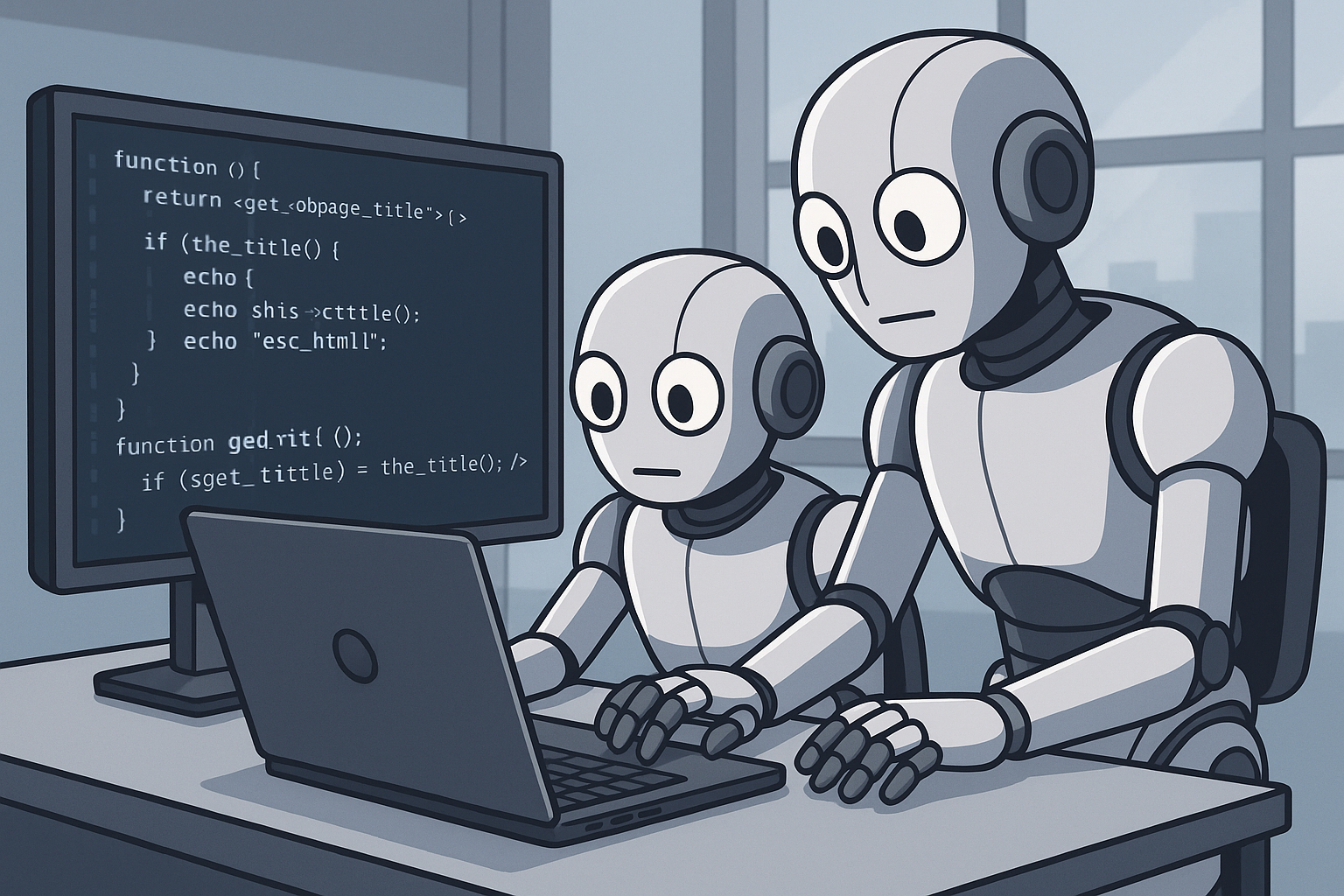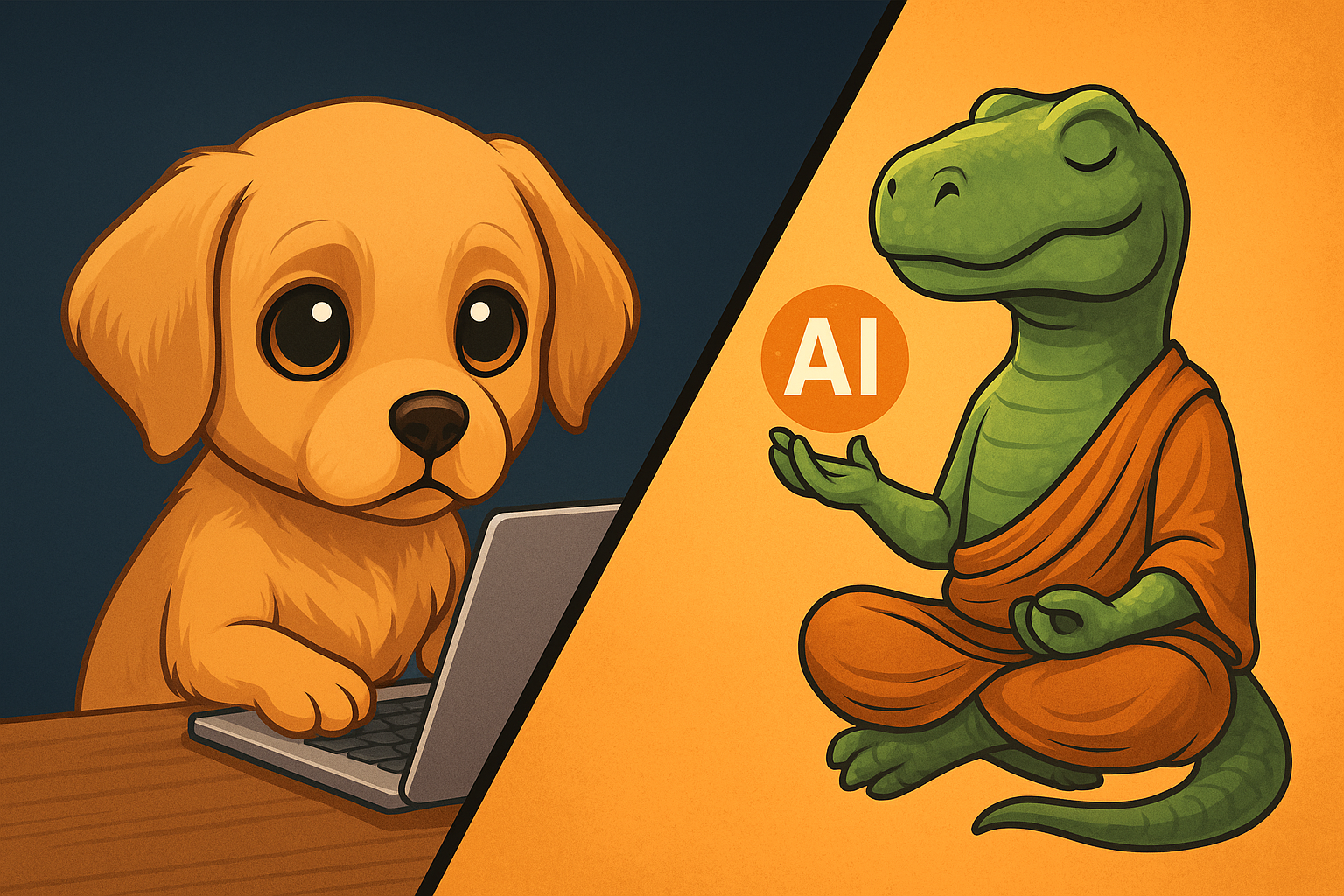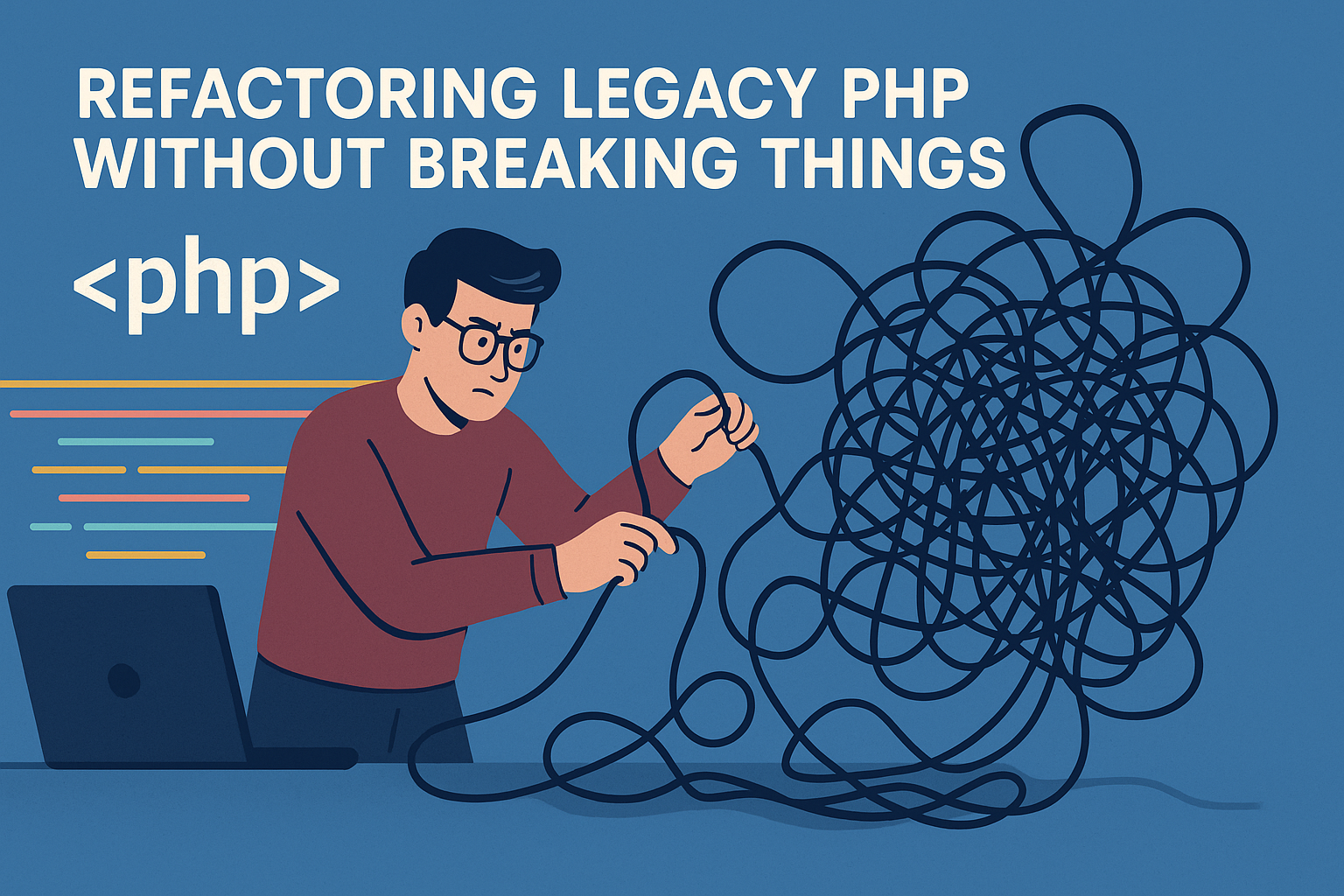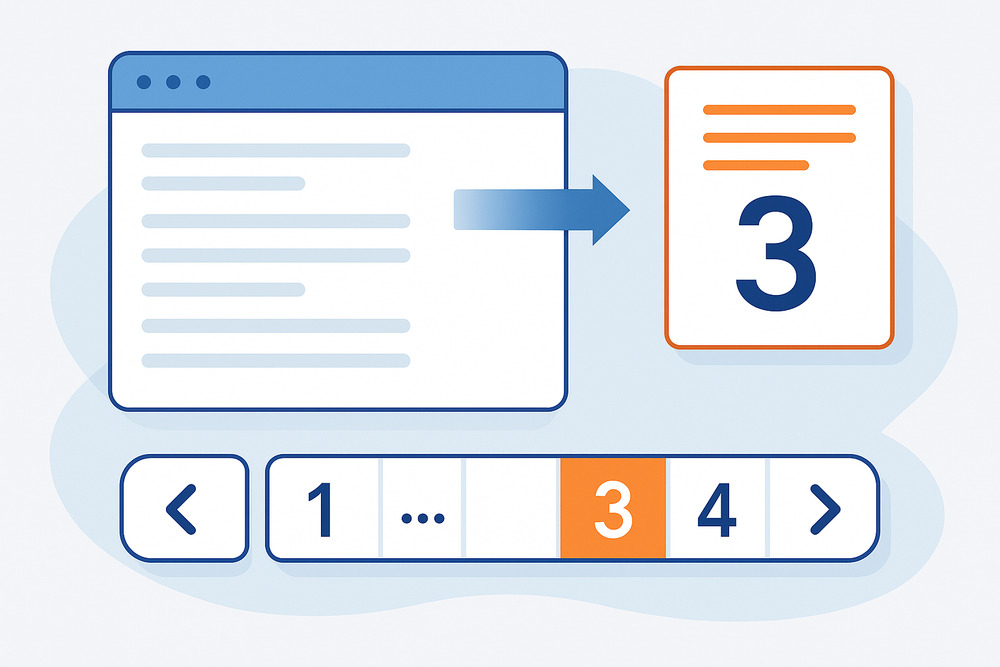Category: Development
Tips, techniques, and deep dives into PHP coding, architecture, and tools—focused on writing cleaner, faster, and more maintainable code.
-
FocusPocus: A Tiny Bash Spell to Keep You From Doomscrolling on Linux

I’ll be honest: some days I open my terminal with the noble intention of being productive… and five minutes later I’m somehow watching a video titled “Top 10 Times a Goat Won an Argument.” On Linux. Inside Brave. While Slack sits in the background wondering where its life went wrong. If you’re a Linux user,…
-
The Shocking AI Workflow That Helps Developers Create Better WordPress Code

AI tools for coding are everywhere now, but most developers still treat them like fancy autocomplete. Big mistake. With the right approach, AI isn’t just a helper — it can act like a full micro-team that writes code, reviews code, and keeps improving it in a loop. If you’re into modern vibe coding, this setup…
-
My Experience Vibe-Coding an Internal Company Application

I’ve been using AI more and more in my daily workflow — mostly for adding or fixing parts of an existing codebase. I’ve also vibe-coded small scripts from scratch here and there, but this project was different. This was my first time vibe-coding an entire web app, where AI did 99% of the coding. The…
-
Vibe Coding and the Future of Software Development

Introduction Software development is in the middle of a profound shift. For decades, programming was defined by a developer’s ability to master syntax, understand algorithms, and build systems line by line. That era has not disappeared, but it has been disrupted. The rise of artificial intelligence coding assistants has introduced a new way of working,…
-
Refactoring Legacy PHP Code: My Go-To Playbook

Legacy PHP code has a way of haunting you. Whether it’s procedural scripts written 10+ years ago, a half-upgraded framework, or a mix of spaghetti logic and business-critical features—at some point, you’ll be tasked with refactoring it. The trick is doing it without breaking everything in production. Here’s my playbook, built from years of wading…
-
Optimizing Large PHP Codebases Without Breaking Everything

When you’re working in a large PHP codebase, optimization isn’t just about speed—it’s about survival. You can’t just go in and start swapping out loops or rewriting core logic without risking a domino effect that’ll take your entire app down with it. So here’s how I approach optimizing large PHP projects without blowing them up.…
-
How Eager Loading Works in ORM (With PHP Examples)

When I first started using ORMs in PHP, I loved how clean and readable my code became. But I quickly ran into performance problems—things were getting sluggish, and I couldn’t figure out why. That’s when I discovered the magic (and danger) of lazy loading, and why eager loading is a tool every developer needs in…
-
How to Implement MySQL Pagination in PHP (Step-by-Step Guide)

Pagination: it’s how you turn “Here’s a mullion rows” into “Here’s 20 rows per page” without melting your server. Alright, before we dive in—this post assumes you already know how to connect to MySQL using PHP’s PDO. If that sounds like gibberish, hit pause and go learn that first. I’ll wait. 😎 Still here? Great.…
-
10 PHP Performance Pitfalls and How to Fix Them Like a Pro

Let’s be real—most PHP performance issues aren’t caused by exotic edge cases. They’re caused by small mistakes that quietly accumulate until your server starts sweating. Over the years, I’ve fallen into every performance trap in the book—and watched others do the same. So here’s a list of the top 10 PHP performance pitfalls I’ve seen…
-
Why Developer Experience Matters in Plugin UX

When we talk about plugin UX, we usually think about the end user. Is the UI intuitive? Does the feature solve the user’s problem? Is the performance snappy? All valid questions—but often, we forget one critical piece: the developer’s experience building and maintaining that plugin. Developer Experience (DX) isn’t just an internal concern—it has a…